“Driveways” Review
"Driveways" is a nuanced portrait of an Asian American family, touching on themes of loss, growth, and belonging.
Incluvie Foundation Gala - Learn More


Abominable is the story of a yeti in Hong Kong who escapes imprisonment and makes its way to the roof of an apartment building to hide. The apartment building happens to be the home of a young girl, Yi, who has busied herself with odd jobs to avoid dealing with the recent death of her beloved father. When Yi discovers and befriends the yeti, she takes it on a journey home to Mount Everest. Yi and the yeti are joined by her neighbors, Jin and Peng, as they outrun and outsmart the British bad guys, Dr. Zara and Burnish who want the yeti, dead or alive, to display as proof of its existence.
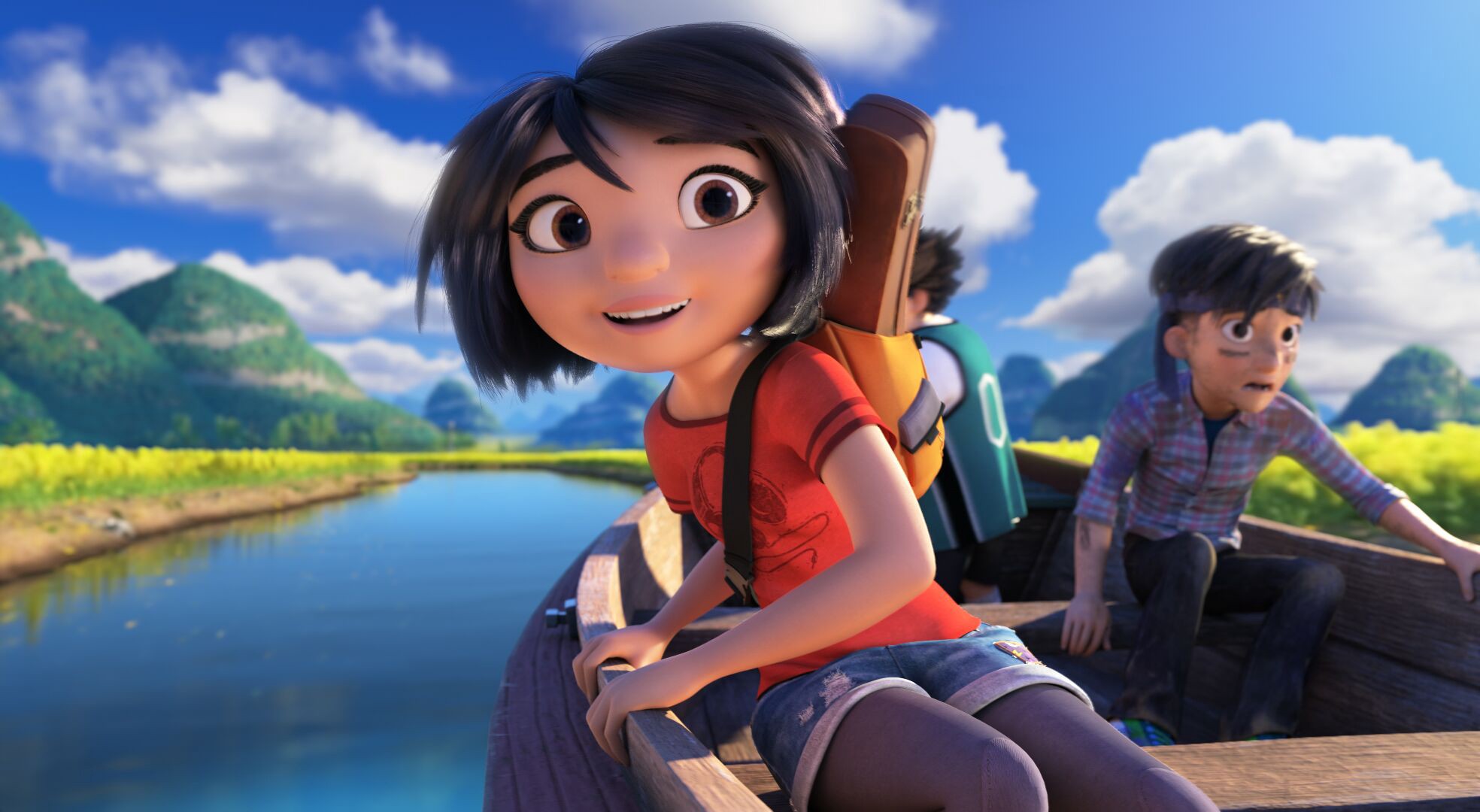
There are a few twists and turns to the plot. For example, the yeti has magical powers and the bad guy changes over the course of the film. However, the story does not feel original. It is pretty predictable and familiar. Sidenote: why do children’s movies always involve a dead parent?
This film was produced by both DreamWorks and China’s Pearl Studios. This is evident in the visuals of this film. There are scenes that take your breath away with its beauty — like nothing we have seen in a DreamWorks film before. As the group moves along their journey, the landscapes are completely stunning. The co-production aided in an accurate representation of a beautiful and varied country.
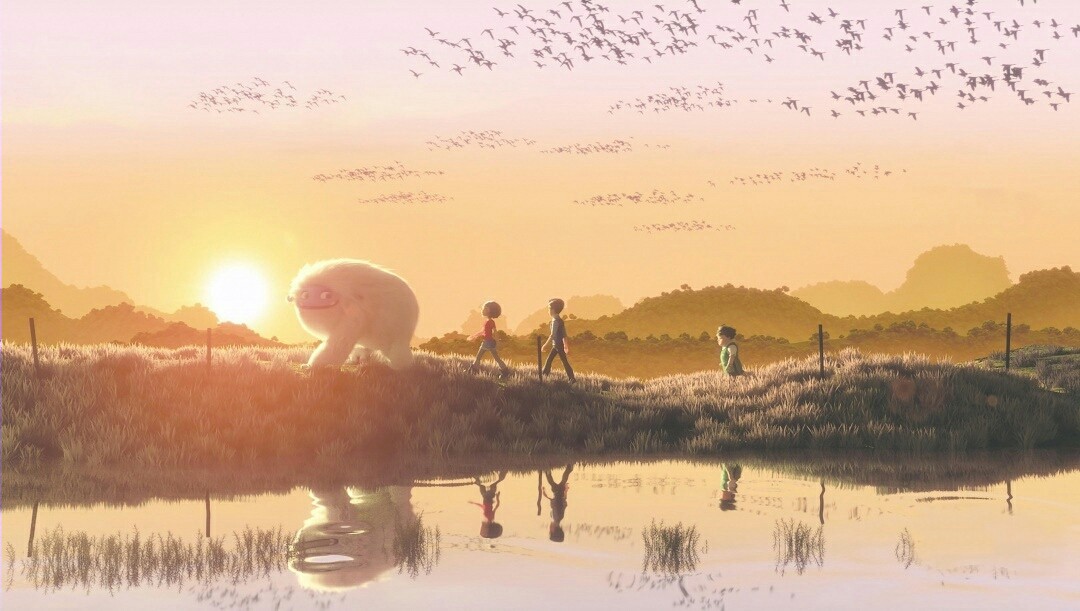
It was refreshing to see a strong East Asian female lead with the second lead, Jin, as the male “wet blanket”. Typically, females in film are the realistic grounding characters to the risk-taking men. This film flipped that typical relationship. Also, East Asian characters are being voiced by East Asian actors, which is important. Let’s take a closer look at why.
There are a few articles that succinctly explain the lack of, and need for, Asian representation in film — Ada Tseng’s The complex history of Asian Americans in movies, from the silent era to ‘Crazy Rich Asians’ and Thessaly La Force’s Why Do Asian-Americans Remain Largely Unseen in Film and Television?
When Crazy, Rich Asians was released, there was a collective hooray from the Asian community at a well-made film with a relatable and hilarious plot starring an entirely East Asian cast. The success of this film told the world that East Asians can lead a successful and universally loved film. Chrissy Teigen wrote a poignant tweet after seeing Crazy, Rich Asians, which is copied below.
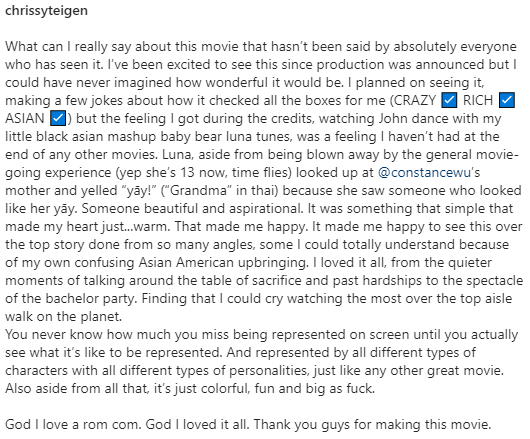
Teigen voiced the reason behind the excitement for this film: finally, East Asians were being represented well. It is so important to see yourself on screen in a positive way. Usually, movies have Whites as the heroes and people of color as villains. Abominable switches sides. The Europeans are the villains and the Chinese female is the hero. And, yet, both White and non-White audiences can enjoy it. What a concept! The reactions to films like these are so intense because of the horrific history of Asian representation in film.
Usually, even films just set anywhere in Asia display countries and populations as very different from the Western world — the exotic-ness of the “Orient”. This leads to the othering of Asian countries and people, defining a long distance between “us” and “them”. East Asian characters in film are usually one of a few tropes: demons, martial arts masters, comedic relief, or weak and subordinate.
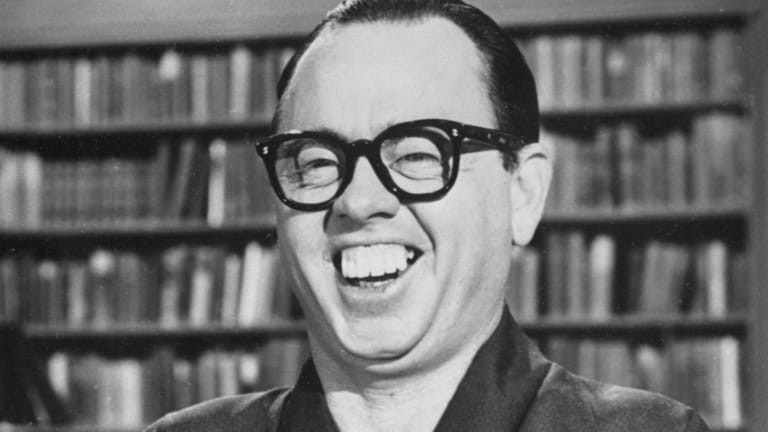
Asian characters do not necessarily mean Asian actors, though. Similar to the experience of all people of color, Asian characters were/are often portrayed in films by White actors. Unsurprisingly, these Asian characters played by White people are not positive representation. They are caricatures of harmful and incorrect stereotypes, emphasizing the tropes mentioned earlier.
Not even cartoons are safe from these issues, even though much of the groundbreaking animated content in the world comes from East Asia. Whitewashed casting and stories have decreased slightly in cartoons, but this took a long time. In my research, the first major instance of Asian (miss)representation in a mainstream cartoon was the portrayal of Japanese soldiers in Disney’s Commando Duck (1944) as cowards and racist caricatures.
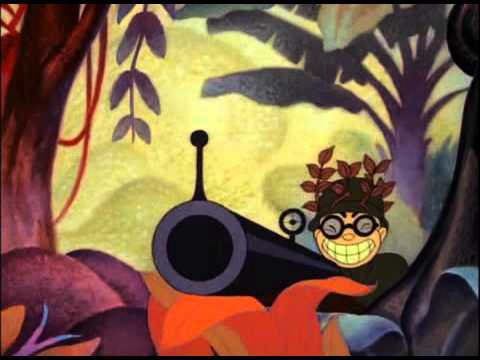
The next dominant display of consistent racism in cartoons is the Siamese Cats, who pop up in numerous Disney films as late as 1989: Lady and the Tramp (1955), The Aristocats (1977), and Chip ‘N Dale’s Rescue Rangers (1989). The cats use words like “Engrish” with the traditional racist caricature of big teeth, slanted eyes, and a menacing nature. A seemingly groundbreaking film for East Asians was Mulan. In 1998, Mulan was a film centered on a female, East Asian hero. About half of the voice actors are East Asian and the other half are White. Some progress.
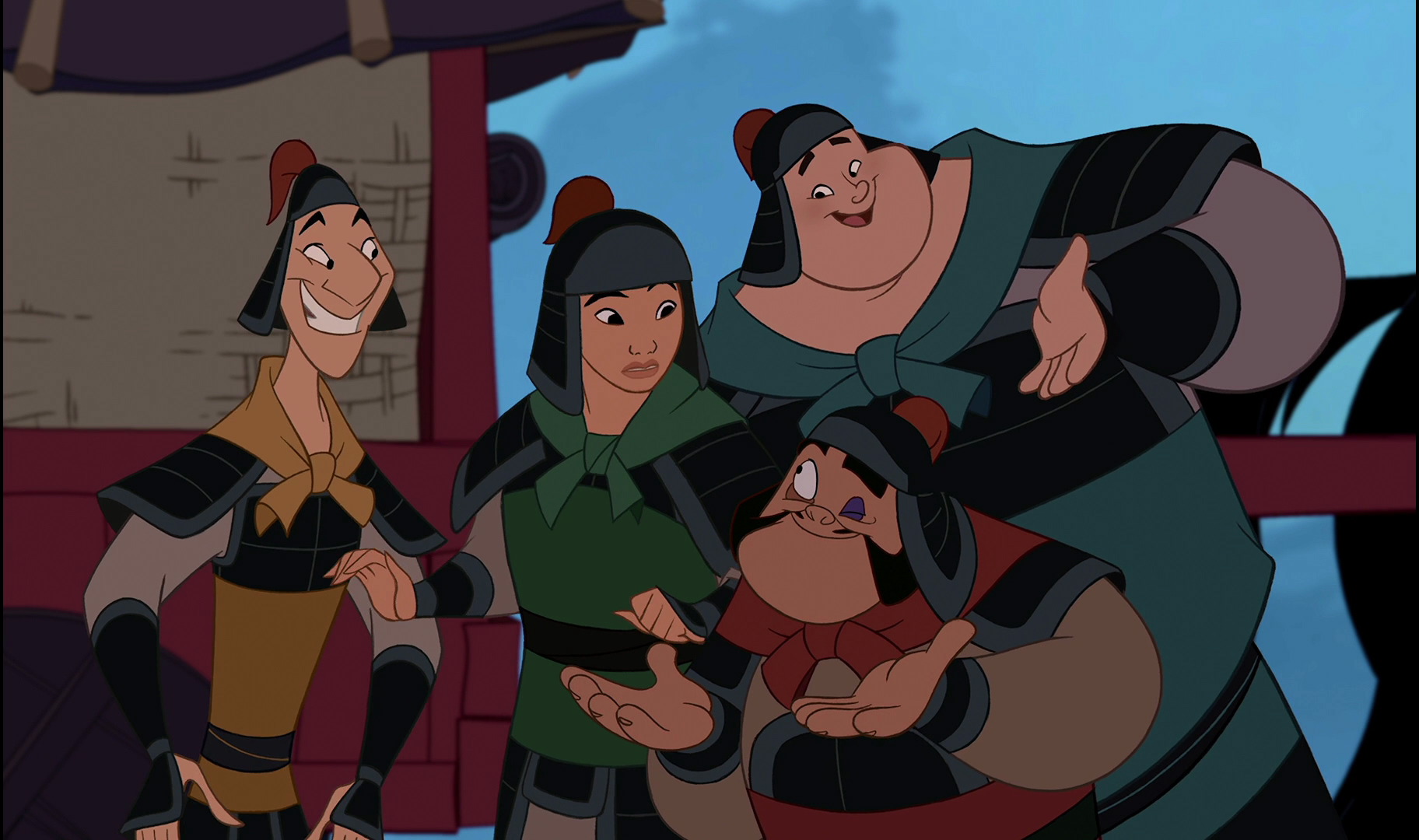
Pixar’s Up (2009) had an East Asian boy as the second lead, and even cast an East Asian boy to voice this character. The next major animated film on my radar for representation is Big Hero 6 (2014) which also had appropriate casting — East Asian characters voiced by East Asian actors, Black characters voiced by Black actors, etc. And now, Abominable. We have only had accurate East Asian representation in the last few years, and still, it is not consistent (see: Ghost in the Shell, The Great Wall, The Last Airbender, and on, and on, and on).
The dehumanization through false or no representation of East Asian characters in film is an ongoing issue in Hollywood. The importance of a fully represented Asian character is also outlined in my review of Once Upon a Time in Hollywood, when the character of Bruce Lee is fulfilling some of the racist tropes. However, films like Abominable prove that when East Asian characters are created by East Asian actors and filmmakers, wonderful, successful, and beautiful movies can be made and watched by a diverse audience. This is especially important in films marketed for children. Kids should not have to deal with the hurtful, terrible representation of characters who look like them.
Abominable may not have the most original plot, but it is a fun story and beautiful to see. My 8-year-old and 5-year-old absolutely adored the film— led by smart kids, a lovable yeti, magic, adventure, and suspense — what’s not to love?

Incluvie Score: Co-produced by Chinese company; Appropriate representation; Asian voice actors used for Asian characters
General Score: Ideally, I would give it a 3.5 — Not a groundbreaking plot; Predictable story; Beautiful to see; Exciting and entertaining for kids
(This article was originally published by Sarah Erskine on Medium.)
Related lists created by the same author
"Driveways" is a nuanced portrait of an Asian American family, touching on themes of loss, growth, and belonging.
Related diversity category
A movie that brings Indian culture with classic Bollywood themes and electronic dance music.